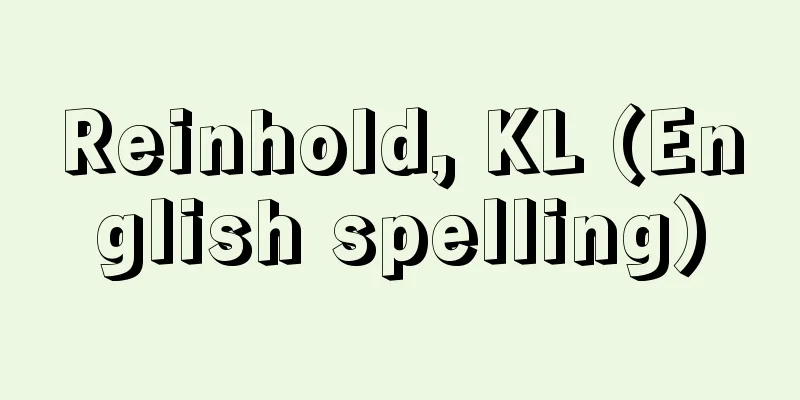Vienna (English spelling)

Vienna is the capital of Austria. It is one of the nine federal states that make up Austria. It is located in a basin in the eastern part of Austria, and is divided into north and south by the Danube River. It started as an ancient Celtic fort, became a Roman military camp in the 1st century BC, and had a population of 15,000 to 20,000 in the 3rd century. Around 1100, it became part of the Babenberg family, and in 1137 it obtained city rights. In 1156, it became the capital of Babenberg Austria. After 1288, it became part of the Habsburg family, and was the de facto capital of the Holy Roman Empire, which they ruled, especially from 1558 to 1806. It then flourished as the capital of the Austrian Empire until 1867, and the Austro-Hungarian Empire until 1918. Reflecting its history, there are many monumental buildings, especially excellent Gothic, Baroque, and modern architecture. It is home to St. Stephen's Cathedral (Vienna Cathedral, 1304-1511, rebuilt in 1952), Maria am Gestade (14th-15th century), St. Peter's Cathedral (1702-33), Belvedere Palace (1714-23), Schönbrunn Palace (17th-18th century), Hofburg Palace (13th and 19th century), and the Post Office Savings Bank (1906) designed by Otto Wagner, the father of modern architecture. It is also known as the city of music, and many musicians have been active here, including Franz Joseph Haydn, Wolfgang Amadeus Mozart, Ludwig van Beethoven, Franz Peter Schubert, Johannes Brahms, Johann Strauss, Franz Lehár, Gustav Mahler, Richard Strauss, and Arnold Schoenberg. Vienna is also famous for its musical groups, such as the Vienna State Opera and the Vienna Philharmonic Orchestra. It is one of Austria's leading industrial cities, with a variety of industries, including electrical machinery, precision machinery, chemicals, and textiles, forming a metropolitan area that transcends state boundaries. In 2001, the historic district in the center of the city was registered as a cultural heritage site of the World Heritage Sites. Area: 415 km2 . Population: 1,714,142 (2011). Vienna |
オーストリアの首都。英語ではビエンナ Vienna。オーストリアを構成する九つの連邦州の一つでもある。オーストリア東部の盆地にあり,ドナウ川により南北に分けられる。古代ケルト人の砦に始まり,前1世紀にはローマの軍営地となり,3世紀には人口 1万5000~2万を数えた。1100年頃バーベンベルク家領となり,1137年に都市権を獲得。1156年にバーベンベルク家領オーストリアの首都となった。1288年以降はハプスブルク家領となり,特に 1558~1806年は同家の支配する神聖ローマ帝国の事実上の首都であった。その後 1867年までオーストリア帝国,1918年までオーストリア=ハンガリー帝国の首都として栄えた。歴史を反映して記念建造物が多く,特にゴシック様式,バロック様式の建築や近代建築に優れたものが多い。ザンクト・シュテファン大聖堂(ウィーン大聖堂。1304~1511,1952再建),マリアアムゲシュターデ聖堂(14~15世紀),聖ペテル聖堂(1702~33),ベルベデーレ宮殿(1714~23),シェーンブルン宮殿(17~18世紀),ホーフブルク宮殿(13,19世紀),近代建築の祖オットー・ワーグナーの郵便貯金銀行(1906)などがある。音楽の都としても知られ,フランツ・ヨーゼフ・ハイドン,ウォルフガング・アマデウス・モーツァルト,ルートウィヒ・ファン・ベートーベン,フランツ・ペーター・シューベルト,ヨハネス・ブラームス,ヨハン・シュトラウス,フランツ・レハール,グスタフ・マーラー,リヒアルト・シュトラウス,アルノルト・シェーンベルクなど,ここで活躍した音楽家は非常に多い。またウィーン国立歌劇場,ウィーン・フィルハーモニー管弦楽団などの音楽団体も有名。オーストリア有数の工業都市で,電機,精密機械,化学,繊維など,各種の工業が発達し,州域をこえた大都市圏を形成している。2001年,中心部に広がる歴史地区が世界遺産の文化遺産に登録された。面積 415km2。人口 171万4142(2011)。
ウィーン
|
<<: Alban Berg Quartet, Vienna
Recommend
Golden Snake
…In 1934, he was expelled from the country due to...
The Kan'ei Famine
The first major famine of the Edo period was cause...
champs contigus
…(1) Champs assolés: A type of village with rente...
amaranth
…An annual plant of the Amaranthaceae family nati...
Garaiya
…Also called Jiraiya. Originally, it was a charac...
Piura (English spelling)
The capital of Piura Department in northwestern Pe...
The Third Roman Treatise
A Russian political theory from the early 16th cen...
Barium Peroxide - Catancabarium
BaO 2 (169.33). When hydrogen peroxide is added t...
Vapcarov, NJ (English spelling) VapcarovNJ
… The period between the two world wars was marke...
Stone cutting - stone cutting
…It refers to the arrangement of natural stones, ...
Thamnolia subuliformis (English spelling)
… [Hiroyuki Kashiwatani]. … *Some of the terminol...
Pattani
...a kingdom that existed from the late 14th cent...
Mustard Seed Garden Paintings
…A Chinese painting guidebook from the Qing dynas...
Yun Hyu
1617‐80 A scholar from the mid-Joseon period in Ko...
Fruit machine
...The first machine was the Liberty Bell, create...
![Osaki [town] - Osaki](/upload/images/67cb15611c26e.webp)








